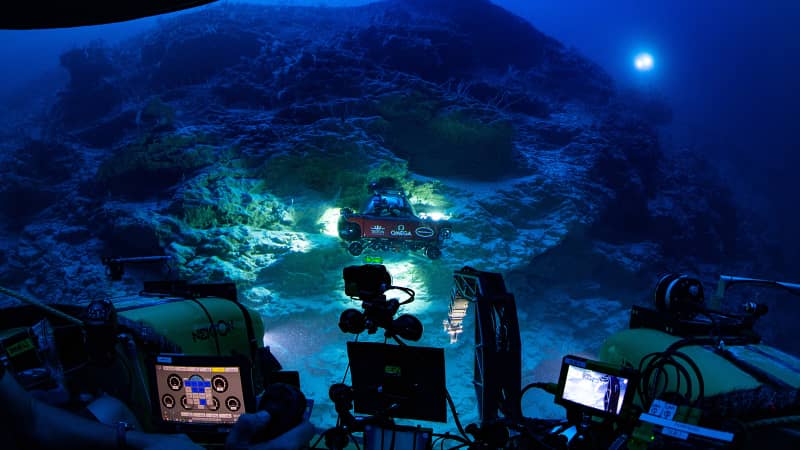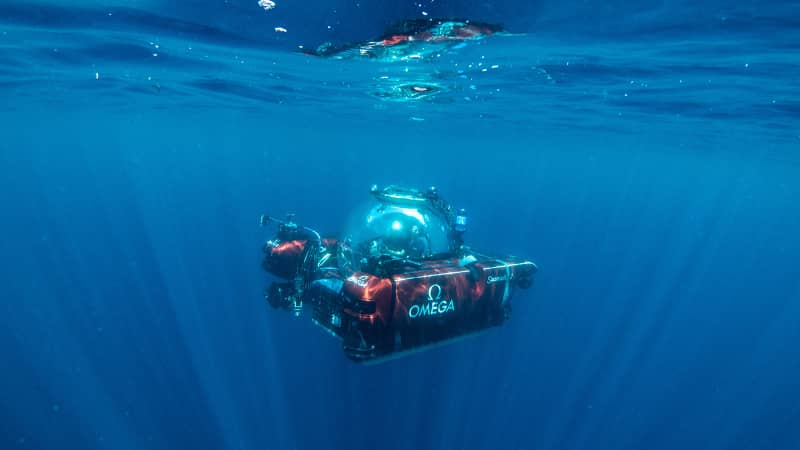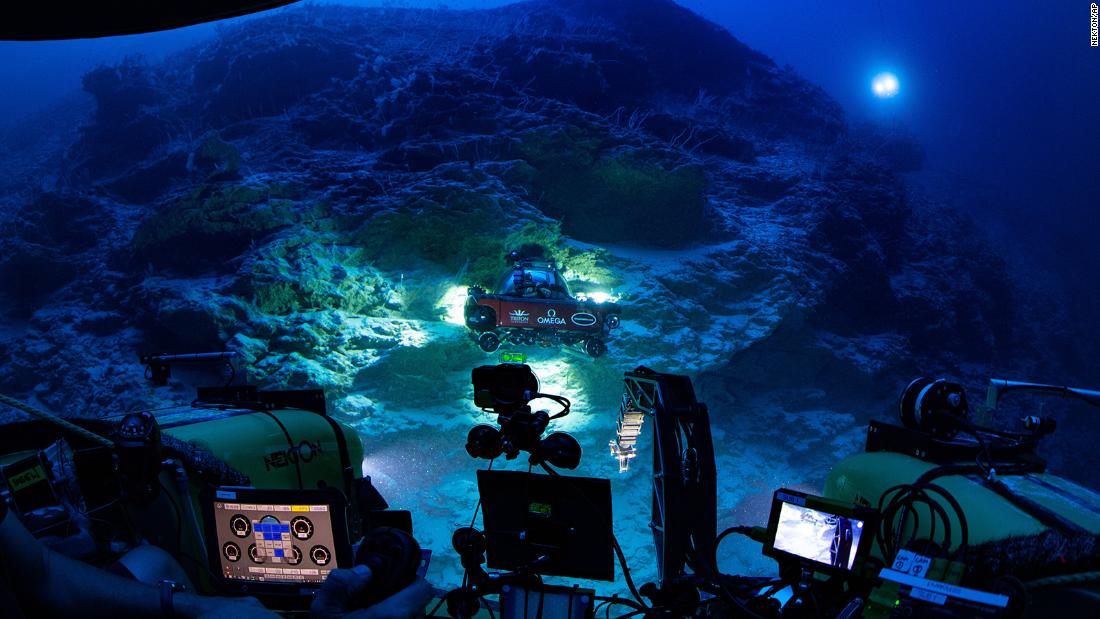(CNN) — Think “Maldives” and the first images that come to mind for many are rows of overwater luxury villas jutting out from long wooden docks, or gorgeous beaches edged by stunningly white sands.
But in spite of the Maldives being one of the world’s most coveted places for a vacation, not to mention a dream destination for scuba divers, scientists say there’s a lot they’ve yet to learn about its underwater ecosystems.
Now, the Maldivian government and UK marine research institute Nekton have teamed up to unravel some of those mysteries by launching an ambitious expedition into the country’s unexplored waters.
The Nekton Maldives Mission, which launches on September 4 and includes teams of scientists from the Maldives and abroad, plans to carry out extensive research below 30 meters using two high-tech submersibles — one of which can go as deep as 1,000 meters.
The aim is to help the Maldives manage the impact of the global climate crisis.
“The Maldives is 99% ocean and just 1% land, sitting on average 1.5 meters above the sea. As a result, the nation faces a growing threat from the rising seas,” says a statement from Nekton.
“But, armed with more knowledge of what their waters contain, work can begin to protect what lives there and safeguard the environment those species inhabit, which in turn makes the country better able to withstand climate change.”
The institute says 10 Maldivian marine scientists have been selected as the first “Maldivian Aquanauts” to lead over 30 first descents in submersibles to explore the country’s deeps. The very first descent will be led by an all-women team of aquanauts.

The Omega Seamaster 2 Submersible, seen here exploring the waters of the Seychelles in 2019.
Nekton/AP
“We are determining the location, health and resilience of our coral reefs, especially the deeper ecosystems which we know very little about, so that key habitats may be identified for protection and management,” said Maldivian team leader Shafiya Naeem, director general of the Maldives Marine Research Institute, in a statement.
“The reefs that surround our atolls help reduce the impacts from sea level rise and the increasing frequency and intensity of storms, and forms the basis of our economies, livelihoods and sustenance.”
A 35-day mission
The RV Odyssey, an expedition ship, will carry scientists from the Maldives, UK, India, and South Africa on the 35-day mission through the country’s vast waters.
The ship has two submersibles, each of which can carry a pilot and two scientists. These will be used alongside robotic and autonomous systems and over a dozen research technologies to collect data.
The newer of the two submersibles is the REV Ocean-owned Aurelia, which went through extensive sea trials off the coast of Barcelona this summer and is now certified as the world’s most advanced craft of her kind, says Nekton in the statement.

The Omega Seamaster 2 will be used to explore up to 500 meters below the surface.
Nekton/AP
The second submersible, the Omega Seamaster 2, is the same brand used on a Nekton mission to the Seychelles in 2019, where marine explorers “found dozens of new species and mapped the waters off the coast which were previously uncharted below 30 meters.”
The Aurelia will operate at depths of up to 1,000 meters, while the Omega Seamaster 2 will be used to explore the first 500 meters below the surface.
As for what will take place on the 35-day mission, marine biologists, data scientists and film producers will collect species samples, carry out extensive mapping operations and video the state of the corals around the Maldives.
Oxford University, which is taking part in the mission, says scientists will also investigate how ocean life adapted to historic rising sea levels caused by ice melt from the last Ice Age and explore the “largely unknown and unprotected deep corals and reefs of the Rariphotic Zone, which act as a refuge to animals from shallower waters.”
They will also “investigate the relative abundance of the 40 shark and 18 ray species at the apex of the food chain in the Maldives ocean, which act as a critical indicator of ocean health,” it said in a statement.
Among the planned mapping operations is a survey of a subsea mountain in the Northern Indian Ocean.
According to Nekton, all samples and data collected will remain the property of the Maldives — “a departure from some Western-led science expeditions of the past.”
Supporting sustainable tourism development
So what does all of this have to do with tourism in the Maldives?
Documenting the state of the country’s waters can support sustainable tourism development, says a Nekton briefing on the mission: “The health of the reefs is fundamental to the two largest sectors of the Maldivian economy, tourism and fisheries. Apart from the economic benefit its coral reefs provide, they are the first line of defense against waves and storms, which are becoming more frequent and intense.”
Protecting the animal species that live there is also vital, as it “results in a healthier ocean, supporting sustainable fisheries and a growth in tourism,” says the mission briefing, which notes that manta ray tourism alone generates an estimated US$15 million annually in revenue.
